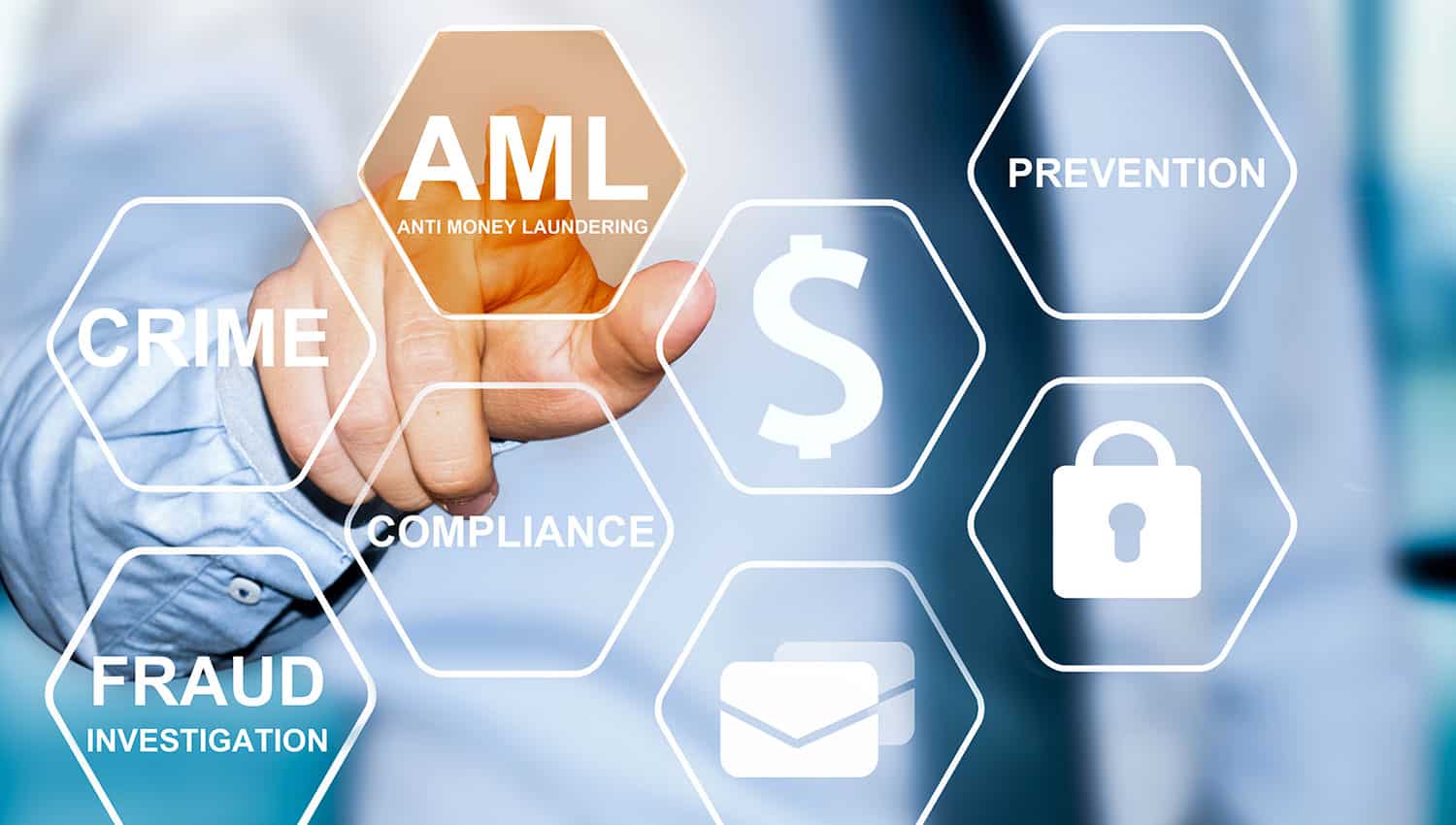In recent times, there has been a surge in calls for the creation of an expansive anti-money laundering framework to combat illicit finance in the digital asset ecosystem. However, it is crucial to critically examine these proposals and understand their implications. This article aims to set the record straight by debunking misguided policies and shedding light on the true nature of digital assets and their role in illicit finance.

The Mischaracterization of Illicit Finance
The debate surrounding anti-money laundering measures in the digital asset ecosystem has been reinvigorated, in part, by a mischaracterization of the presence of illicit finance. Recent media reports incorrectly claimed that Hamas raised millions of dollars through digital assets prior to a terrorist attack. However, these claims turned out to be false, and corrections were issued. Despite this, some policymakers saw an opportunity to push flawed policies that aim to stifle the future growth of the digital asset ecosystem in the United States.
The Flawed Proposal from the Treasury Department
The U.S. Treasury Department recently submitted policy suggestions to Congress, aligning with Senator Elizabeth Warren’s Digital Asset Anti-Money Laundering Act. The proposal seeks to define a new category of “financial institution” under the Bank Secrecy Act, encompassing digital asset wallet providers, miners, validators, and other network participants. This would subject these entities to the same reporting standards as traditional financial institutions. However, this proposal showcases a shockingly poor understanding of how information is transmitted on a blockchain network.
Lack of Understanding and Attempted Backdoor Ban
Treasury and Warren claim that validator node operators pose national security concerns and possess consumer information. However, this assertion reflects a degree of ignorance unbecoming of policymakers. It is not a case of willful ignorance but rather an attempt to exploit others’ lack of knowledge to implement an unworkable compliance burden that effectively bans digital assets in the United States. This dishonest argument equating digital wallet providers to financial institutions opens the door to an overly enhanced intermediated financial system.
Unfair Comparison to Tangible Assets
Treasury’s rationale for considering digital wallet providers as financial institutions can be likened to classifying the manufacturer of safes as a financial institution because safes protect tangible assets. This comparison is disingenuous, just like the proposals put forward by some policymakers and the Treasury Department. It fails to recognize the unique nature of digital assets and the distinction between tangible and intangible assets.

Clarifying the Facts
To combat illicit finance, it is crucial to acknowledge that digital assets on a blockchain are not the preferred method for terrorism financing. The on-ramps and off-ramps to the digital asset ecosystem are already subject to the Bank Secrecy Act, and blockchain technology provides an immutable record of all on-chain activity. However, some individuals seek to control individuals’ ability to transfer their own property (i.e., digital assets) between peers without the need for third-party intermediaries. These individuals aim to undermine the concept of self-custody.
Preserving Property Rights
Critics of proposals like the Keep Your Coins Act argue against the preservation of individuals’ right to personally hold their digital assets in self-hosted wallets. They claim that such proposals detract from the work being done to bring regulatory clarity to the digital asset ecosystem. However, it is essential to recognize that the Keep Your Coins Act aims to protect an inalienable property right. Red herring arguments put forward by Warren and the Treasury Department only serve to divert attention from the necessary steps to bring more digital asset firms to the United States.
The Importance of Regulatory Clarity
Instead of proposing unworkable frameworks, the focus should be on bringing regulatory clarity to the digital asset market. By advancing legislation through the House Financial Services Committee and House Agriculture Committee, we can ensure that U.S.-based companies are subject to appropriate laws and regulations. Implementing purposefully unworkable policies will only drive companies and capital offshore, hampering the growth and development of the digital asset ecosystem within the United States.
Conclusion
In conclusion, it is essential to dispel misconceptions surrounding illicit finance in the digital asset ecosystem and debunk misguided proposals. The true nature of digital assets and their role in illicit finance must be accurately understood. Instead of implementing unworkable compliance burdens, we should focus on bringing regulatory clarity to the market to foster growth and innovation. By preserving property rights and supporting the development of U.S.-based digital asset firms, we can create a thriving and secure digital asset ecosystem.
